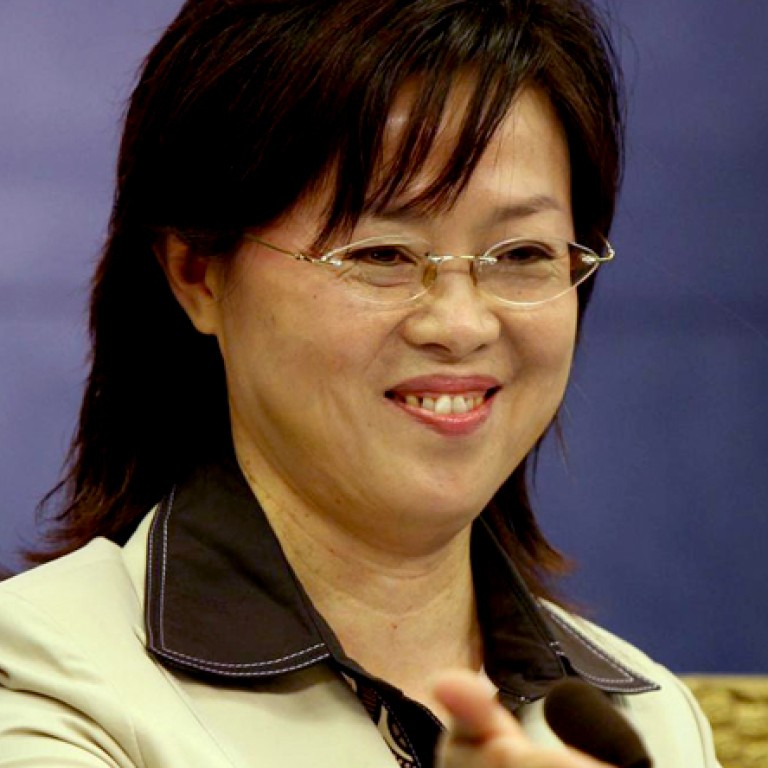
Beijing to launch Taiwan charm offensive in wake of protests
Mainland sees the need to launch charm offensive by ramping up cross-strait youth exchange programmes and increasing aid
Beijing is seeking to woo Taiwanese students by planning more cross-strait youth exchanges following a three-week student-led protest in Taiwan recently against a trade service pact with the mainland.
Fan Liqing, a spokeswoman for the State Council's Taiwan Affairs Office, said at a press conference in Beijing yesterday that mainland authorities had closely watched the developments in Taiwan as a student-led protest broke out at the island's parliament on March 18.
"We have long encouraged more exchange activities among students on the two sides of the Taiwan Strait and are willing to provide more aid in this area so that young people on both sides can increase their understanding of actual developments in cross-strait relations," Fan said.
At a separate event in Beijing yesterday, Yu Zhengsheng, the Communist Party's top official overseeing cross-strait relations, called on a group of visiting Taiwanese labour union leaders to support cross-strait economic co-operation, Xinhua reported.
But it was the student-led protest's potential to reverse a warming trend in cross-strait relations that has grabbed Beijing's attention.
Claiming the trade service pact would result in the loss of thousands of jobs and endanger the self-governed island's democracy, some 200 Taiwanese students stormed the legislative chamber to block a review of the pact - a reciprocal agreement to open Taiwan and the mainland's service sectors to each other.
At the height of the protest, some 500,000 residents demonstrated outside the office of mainland-friendly President Ma Ying-jeou to demand the withdrawal of the pact.
Analysts said Fan's comments show that Beijing sees the importance of taking more steps to engage young Taiwanese people, who were born in the 1980s or 1990s and had a limited understanding of the mainland and of political reality.
"The student-led protest has somehow disrupted Beijing's strategy to first use economic means to woo the Taiwanese before seeking political union with Taiwan," said Wang Kung-yi, a professor with the Graduate Institute of International Affairs and Strategic Studies at Tamkang University in Taipei.
Wang said the protest posed a new challenge to Beijing, which now had to deal with Taiwan's younger generation on top of tackling the pro-independence Democratic Progressive Party, poised to make a comeback in the 2016 presidential poll.
Fan said the mainland was aware of the latest developments in Taiwan. "We are willing to take a further step to listen to the opinions from various social sectors in Taiwan over cross-strait exchanges and co-operations so that we can allow more Taiwanese people to benefit from the peaceful development of cross-strait relations," she said.
Fan said it was unlikely the mainland would accept any unilateral changes to the status of the trade service pact, given that it was already signed by both sides and that there was no precedent to re-negotiate a signed pact.
Nor would the mainland accept the "state-to-state" terminology proposed by the DPP in naming the draft bill to increase scrutiny of future cross-strait agreements, she said.
In Taipei, Ma said in a ruling Kuomintang meeting that it was improper for the DPP to use the terms "state-to-state" or "two countries" in naming the draft bill, as it would "only make cross-strait relations go backwards."

